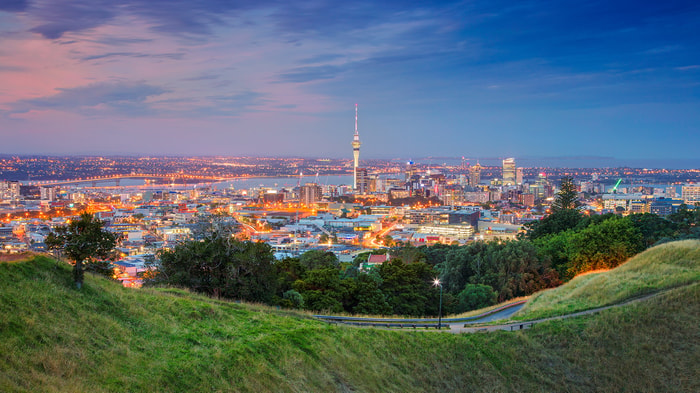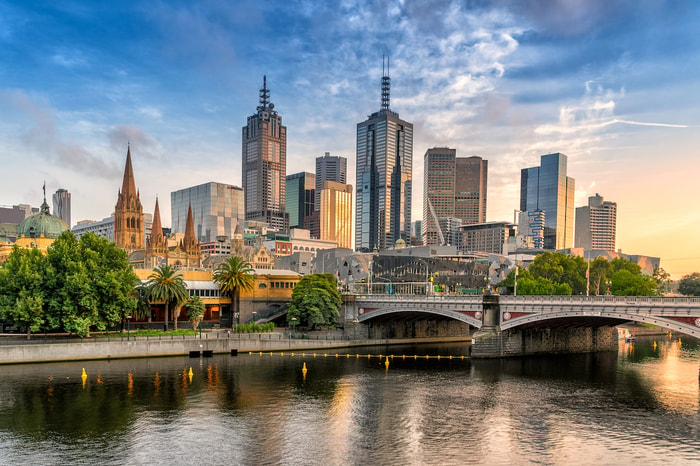13-Day Australia & New Zealand


A welcoming ambience and innovative offerings create the perfect way to see the world
Leaving from:
Auckland
Cruise ship:
Royal Princess
Visiting:
Auckland •
Tauranga •
Bay of Islands •
Lyttelton •
From
Price shown provided by:
Princess Cruises
Credited with introducing millions of Americans to the concept of a modern cruise holiday, Princess Cruises is still innovating to this day.
Sporting a fleet of 17 ships with capacities ranging from 2,000 to 4,300 passengers, the line is best known for its Alaskan cruises, but travels to destinations the world over.
With an emphasis on destination leadership and local expertise, Princess is an excellent choice for the discerning traveller seeking to sail in comfort.
3560
Passengers
1346
Crew
2013
Launched
2018
Last refit
142229t
Tonnage
330m
Length
39m
Width
22kts
Speed
15
Decks
USD
Currency
Cruise Itinerary
Day 1
Auckland, New Zealand
Day 2
Tauranga, New Zealand
Day 3
Bay of Islands, New Zealand
Wheelchair Access Limited
Day 5
Lyttelton, New Zealand
Day 6
Port Chalmers, New Zealand
Day 7
Fiordland National Park, New Zealand
Day 10
Hobart, Tasmania, Australia
Day 12
Melbourne, Victoria, Australia
Day 14
Sydney, New South Wales, Australia

Day 1
Auckland, New Zealand

Day 2
Tauranga, New Zealand

Day 3
Bay of Islands, New Zealand

Day 5
Lyttelton, New Zealand

Day 6
Port Chalmers, New Zealand

Day 7
Fiordland National Park, New Zealand

Day 10
Hobart, Tasmania, Australia

Day 12
Melbourne, Victoria, Australia

Day 14
Sydney, New South Wales, Australia
Ship Details

Princess Cruises
Royal Princess
A welcoming ambience and innovative offerings create the perfect way to see the world
Cabins
All Prices
